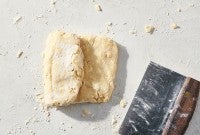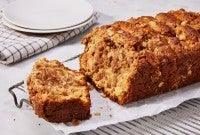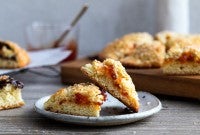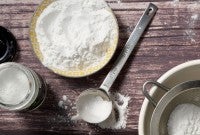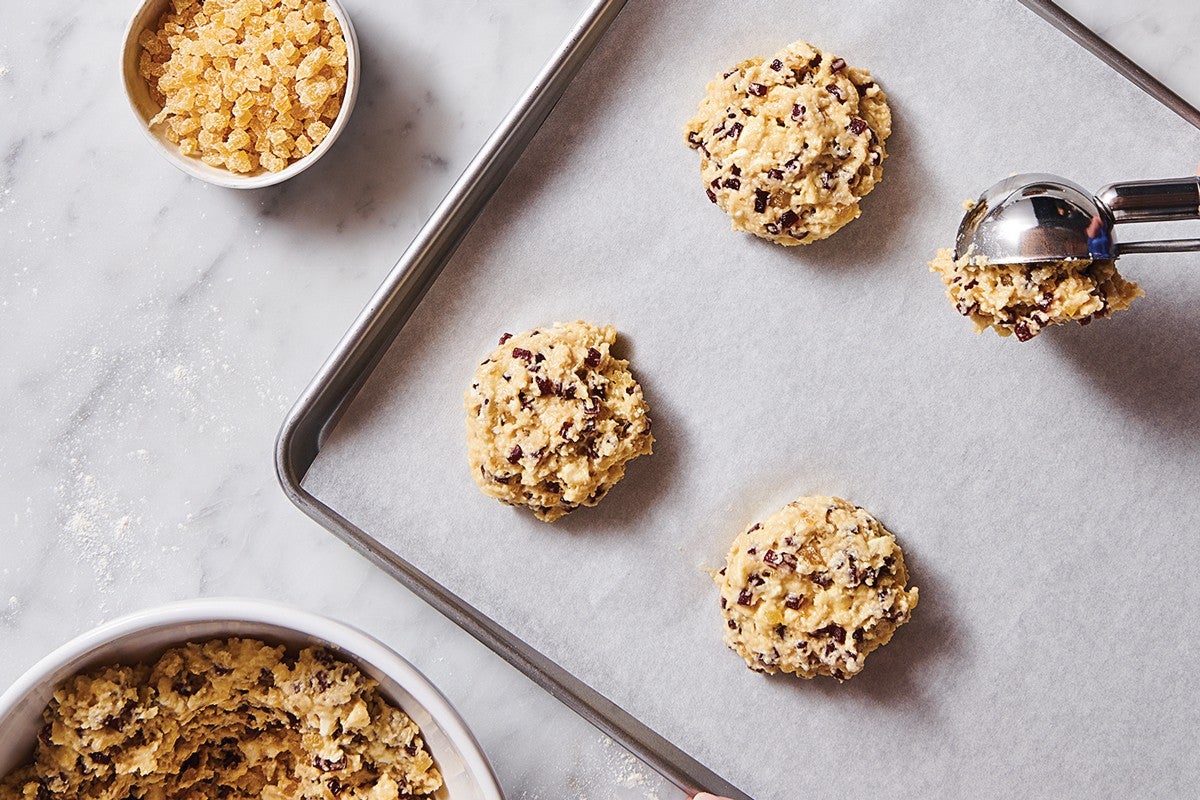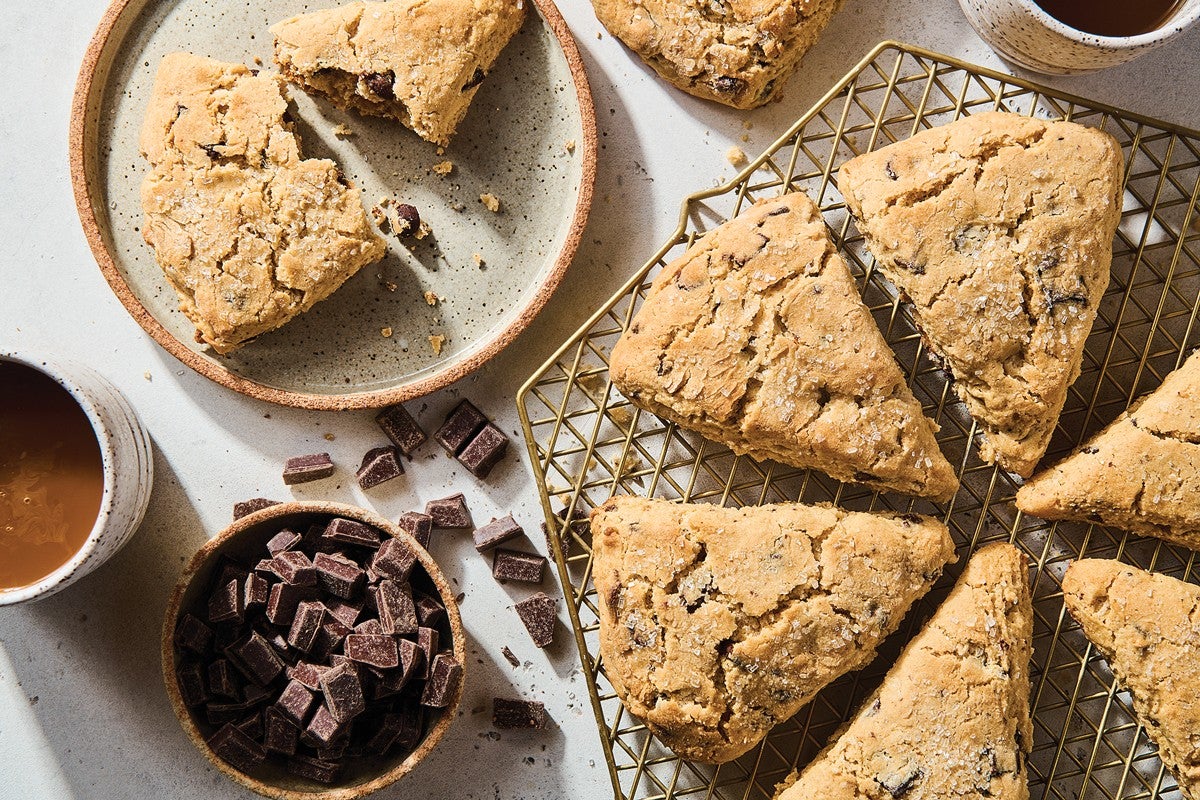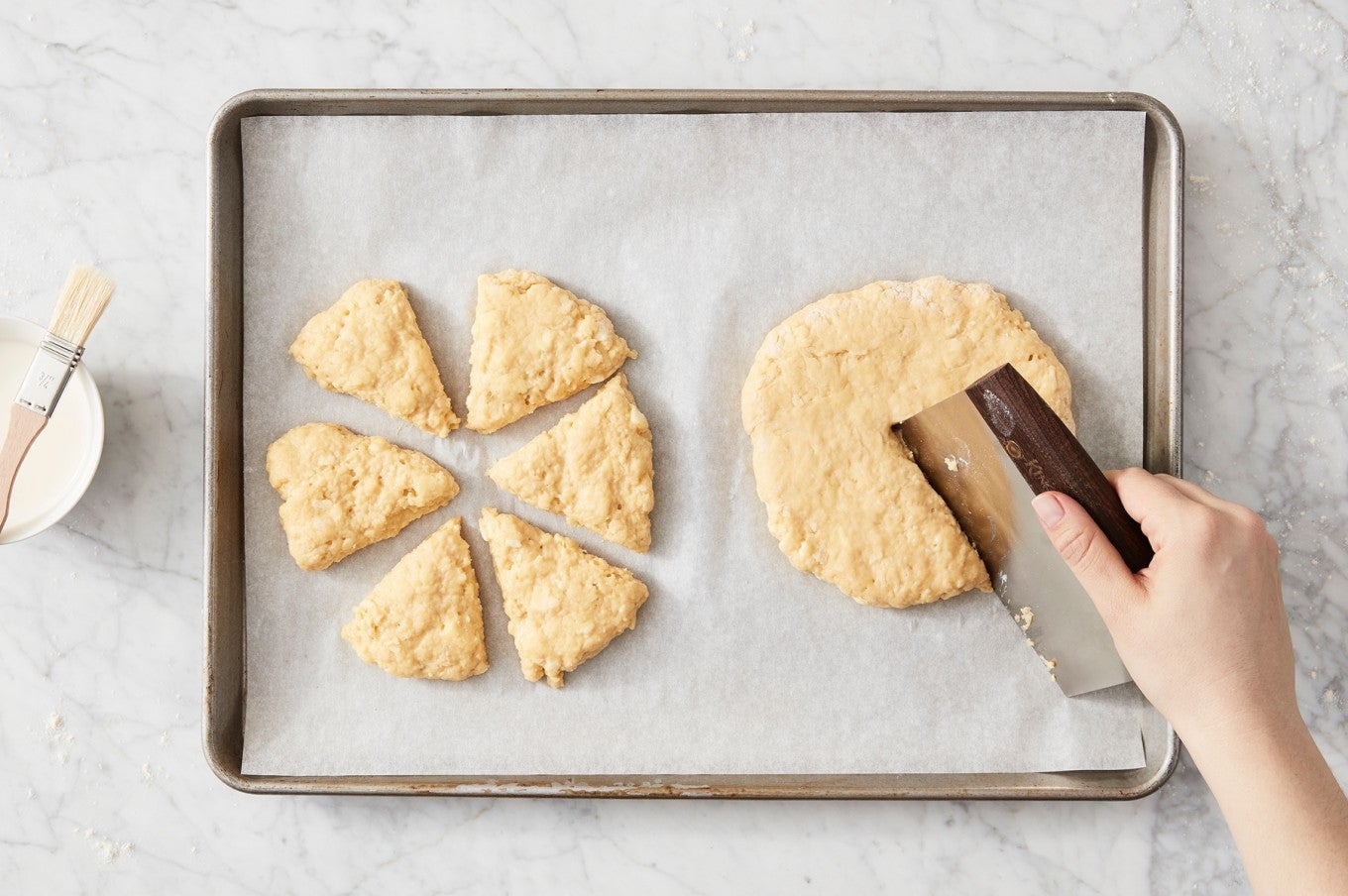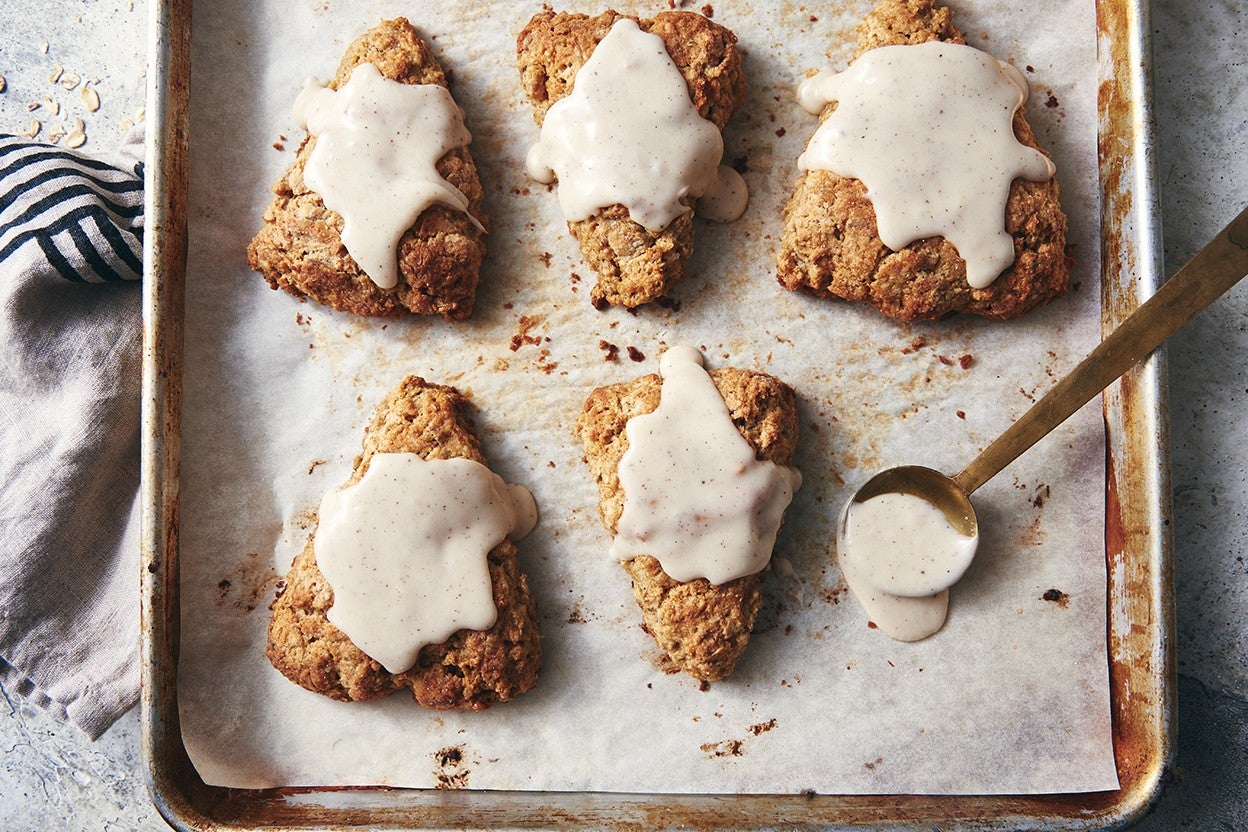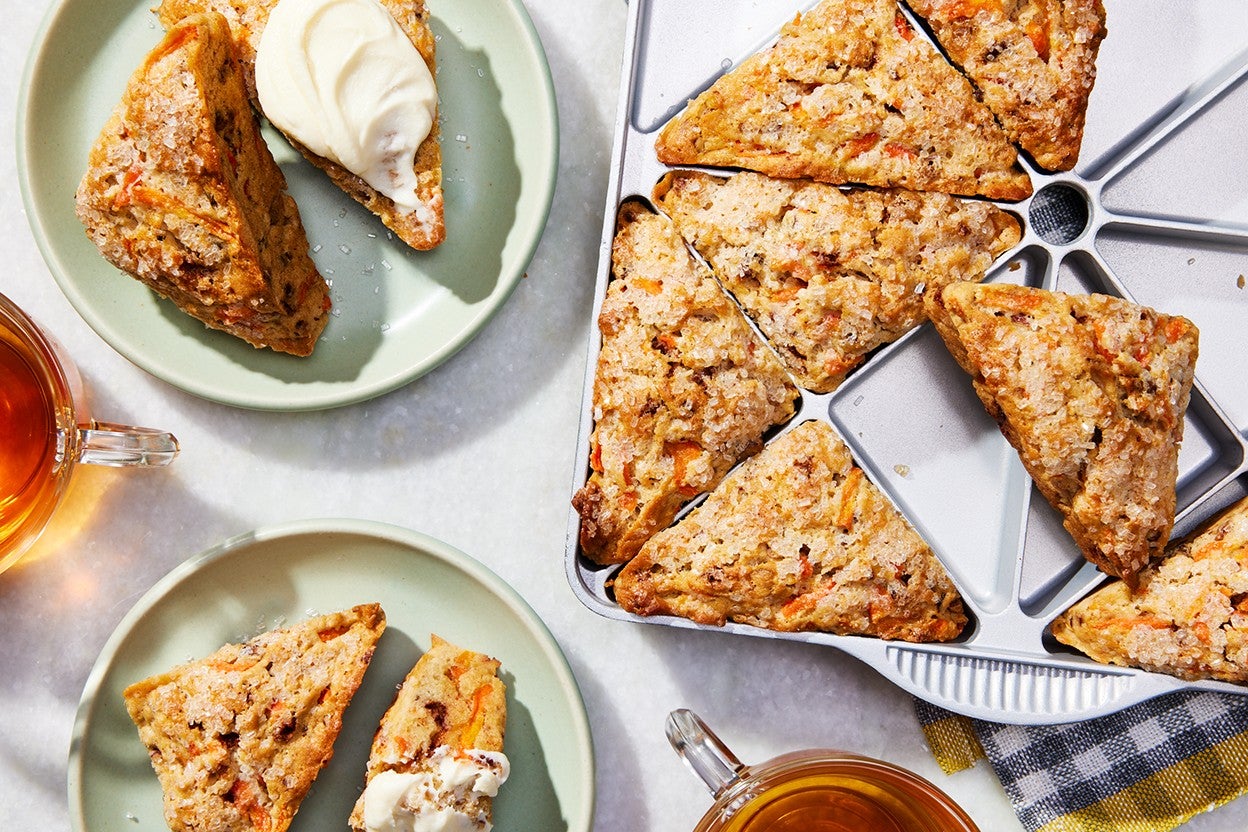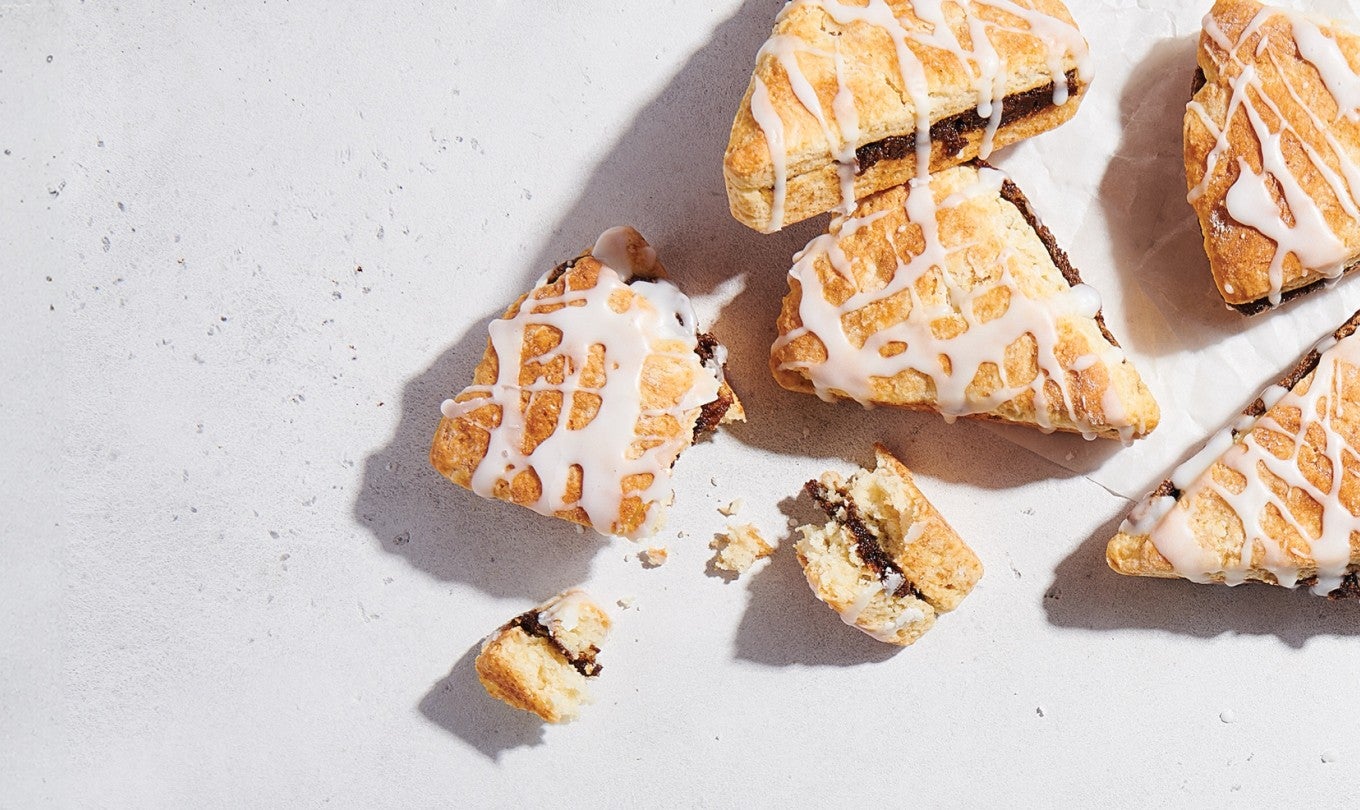
Scones
Start Here
Scones may be simple, but they require good technique and precise measurements to truly succeed. The results are worth it, though: A well-made scone is unequaled, with a tender, buttery crumb and golden brown, craggy exterior. For tips, techniques, and tools for making perfect scones, read on.
Scone recipes to start with

Classic Scones
For a classic American-style scone, start with this recipe. It's made by cutting cold butter into dry ingredients, then adding just enough liquid for the dough to come together. While a simple scone is delicious as is, this dough is also the perfect vehicle for your favorite add-ins, from dried fruit to chopped nuts to chocolate chips.
Get the recipe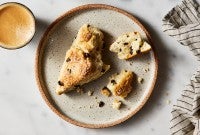
Cream Tea Scones
These cream scones — the style more frequently found in Great Britain and Ireland — couldn't be more basic to make. Simply stir together flour, sugar, salt, leavening, vanilla, and enough cream to make a cohesive dough. Pat into circles, cut into wedges, chill, and bake. The resulting scones are soft and ultra-tender, rather than flaky.
Get the recipeFrequently asked questions
What's the difference between a scone and a biscuit?
Biscuits contain most of the same ingredients as scones, with the exception of eggs and, sometimes, buttermilk instead of milk or cream. However, they typically have a higher proportion of fat and less liquid than scones, causing them to bake up taller and flakier, rather than crumbly and tender. That fat — often butter but sometimes lard or vegetable shortening — is usually left in larger pieces that are folded and laminated into the dough, creating ultra-flaky, striated layers as the pockets of fat puff up in the oven. Read more.
Does it matter what kind of flour I use to make scones?
Use all-purpose flour for a higher rising scone that holds its shape nicely, both in and out of the oven. To make more delicate, lower-rising, cake-like scones, substitute cake flour for all-purpose flour. Reduce the liquid in the recipe by 1 to 2 tablespoons, using just enough to bring the dough together. Find our cake flour.
What happens if I sub fat-free or low-fat milk into my scone recipe?
If you choose to make scones with lower-fat dairy (skim milk, low-fat yogurt), they'll be slightly less tender than those made with whole milk or yogurt, half-and-half, or cream.
How can I make gluten-free scones?
For gluten-free scones, replace the all-purpose flour in your favorite scone recipe with King Arthur Gluten-Free Measure for Measure Flour. Find our gluten-free flour.
How can I make dairy-free scones?
Make dairy-free scones by replacing butter with vegan butter and replacing milk or cream with high-fat, unsweetened non-dairy milk (e.g. coconut or soy milk). Read about our favorite vegan butter.
Can I add mix-ins to my scone dough?
Yes! Scones are an excellent blank canvas, and you can make customized scones in sweet or savory versions with different mix-ins added to the dough. The most important thing to keep in mind is texture: Try to add ingredients that have a balance of texture, and don't add ingredients that are too soft or liquid or you risk ending up with a dense, leaden scone. If you want to customize scones with savory ingredients, skip any vanilla called for in the recipe and reduce the sugar to 2 tablespoons. Read more.
Expert advice
